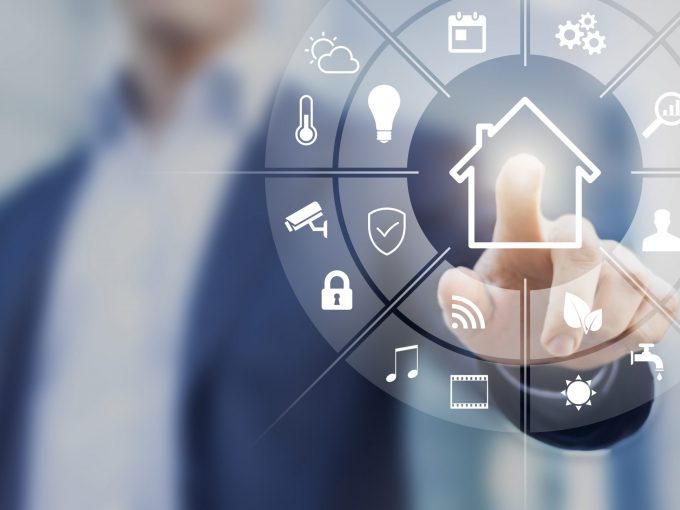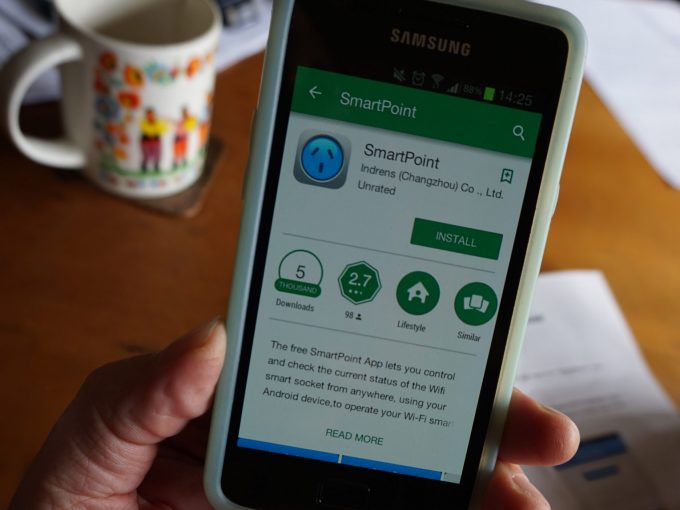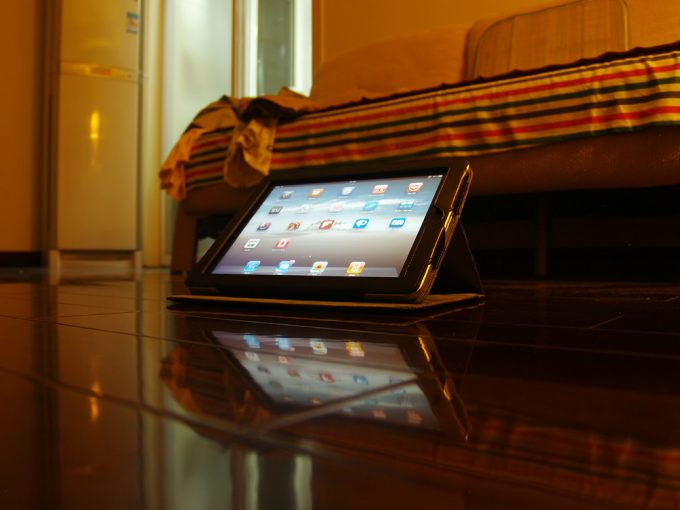The smart home is no exception in its ambition for easier living achieved through digital and connected consumerism. At the crux of this idea is the enrolment of internet-enabled devices and appliances in the creation of an even more convenient lifestyle.
Making everyday life more convenient has long been a concern in consumer marketing. Appliance manufacturers, utility providers and home designers have marketed their products and services as ways to save time and make life easier. The smart home is no exception in its ambition for easier living achieved through digital and connected consumerism. At the crux of this idea is the enrolment of internet-enabled devices and appliances in the creation of an even more convenient lifestyle. Smart home advocates suggest that an important side benefit of this more time-efficient lifestyle is more energy-efficient consumption, achieved through a process of simplifying and streamlining everyday tasks.
Our paper, Convenience and energy consumption in the smart home of the future: Industry visions from Australia and beyond, critically re-examines the convenience narrative underpinning smart home visions, considering how it is conceptualised and articulated by industry proponents.
It presents an international content analysis of smart home magazine and online articles, and interviews with Australian industry professionals, which are part of a three-year project that the authors are conducting on the smart home under the Australian Research Council’s Discovery Early Career Researcher Award scheme.
The paper shows how convenience is intended to simplify home life and create an aesthetic experience known as ‘pleasance’ (coined by home automation company Lutron). This concept depicts a desirable way of life that positions the home as a site of luxury, comfort and relaxation, where simple switches, automated ‘scenes’ and ‘one touch’ solutions are expected to alter ambience and mood. However, the authors suggest that this form of ‘smart convenience” involves the management, use and integration of new technologies and devices that can create further complexity and labour in the home rather than freeing up time. Further, the authors find that the idea of convenient pleasance masks and legitimises opportunities for smart technologies to increase household energy demand by promoting new lifestyle expectations associated with pleasance. The convenient lifestyle advocated by smart homes is therefore not just about doing more with less (time and effort), it is also about doing more with more (technology and energy), which makes our life increasingly dependent on energy.
The analysis provides a platform to question and potentially disrupt dominant narratives and visions underpinning ambitions for the smart home. In particular, the paper suggests an approach which involves reimagining and rearticulating what pleasance is – that is, what we should be aspiring to as a desirable way of life. This approach recognises that visions of the ‘good life’ fundamentally shape the social practices people perform in their homes and come to expect as ‘normal’. Therefore, the smart home industry can benefit from generating more appropriate understandings of ‘desirability’ with less energy and embedding these into the design and marketing of smart appliances and devices.
Recommended Paper Citation:
Strengers, Y., & Nicholls, L. (2017). Convenience and energy consumption in the smart home of the future: Industry visions from Australia and beyond. Energy Research & Social Science.
First published in The Urban Observer





